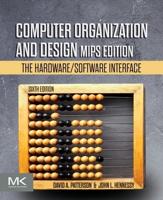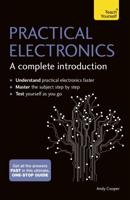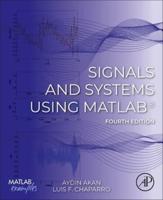Publisher's Synopsis
Davis systematically builds students' analytical and problem-solving skills through a carefully graduated presentation of concepts, the use of detailed, copiously illustrated examples, and teaching approaches that present circuit analysis topics in a unified context. Chapters 1-3 introduce basic concepts of circuit analysis more deliberately and in greater detail than traditional texts, while establishing a solid mathematical foundation for the analysis and solution of problems. In Chapters 6-10, Davis presents a method of time domain analysis that unifies the three major divisions of circuit analysis (DC, AC, and transient analysis) based on the use of differential operators. In addition, from Chapter 1 onward, Davis presents circuit theories in the context of three fundamental quantities - time, voltage, and current - while emphasizing a practical, "applications-oriented" study of active circuits. As a result, this book provides students with a demonstrable mastery of problem-solving skills and an integrated knowledge of circuit analysis topics that effectively supports their later studies in signals and systems, electronics, and control.










